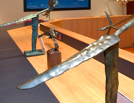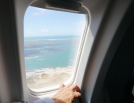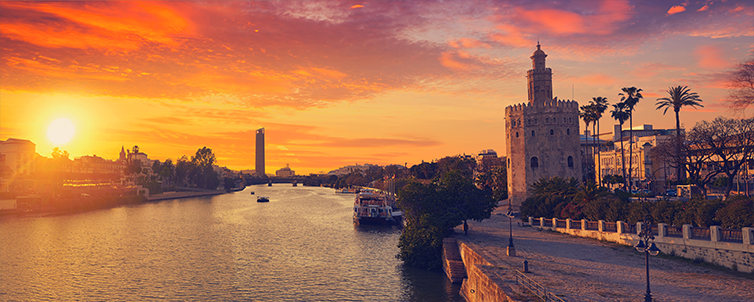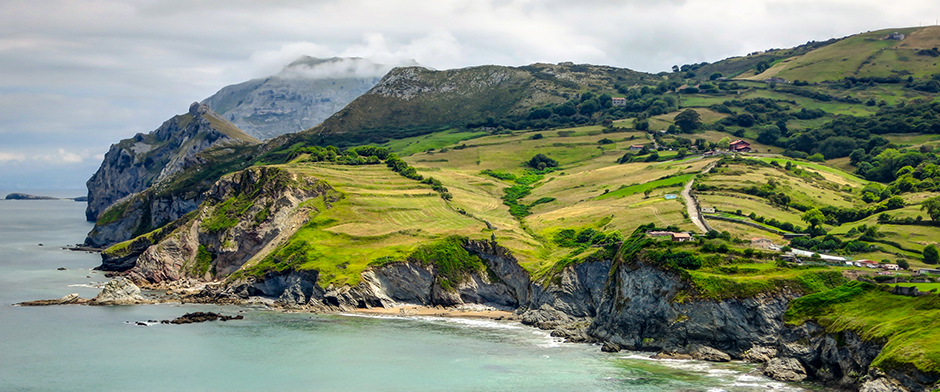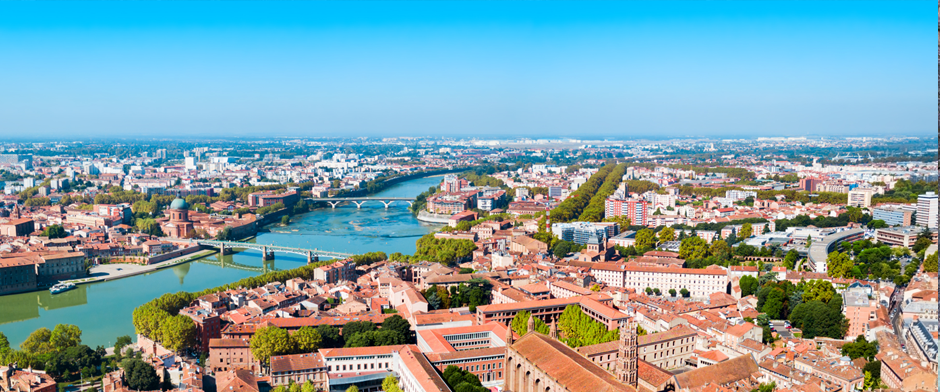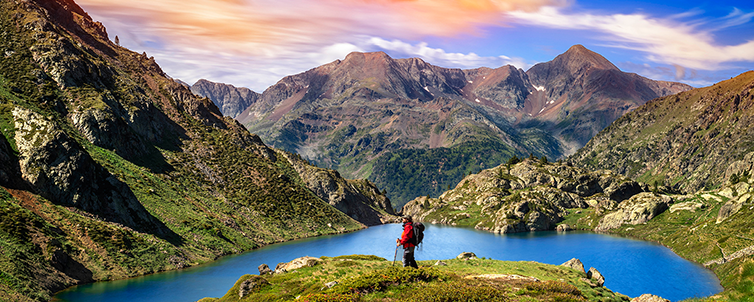MENORCA
Isla del Rey, a brief history of Europe
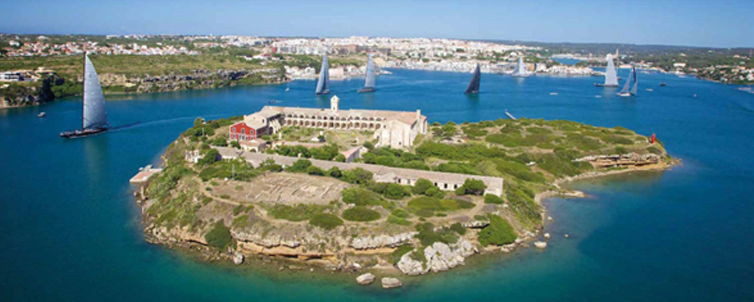
Located in the middle of Mahón’s port, Isla del Rey houses remnants of a time long passed. An islet that was occupied by the British and French for decades and that hides an encouraging tale of compassion featuring Italian sailors.
There are many reasons to travel to Menorca. With a wide environmen- tal diversity and an incredible na- tural heritage, this biosphere re- serve has something for everyone:
from Caribbean-like coves and beaches, roman- tic spots, to architectural and cultural heritage from the island’s Talaiotic period.
But this Balearic island is also home to a hidden gem. A reflection of Europe’s history itself. A tale of conquest, blood, and pain; but also of religion, entrepreneurship and compassion. We are talking about Isla del Rey, an islet often ignored by tourists and a protected natural area with a wide variety of local flora and fauna.
Located in front of Mahón, this 40,000-metre islet – which can only be accessed by boat leaving from the island’s capital every Friday and Sunday – gets its name from King Alfonso III, who landed here back in 1287 to conquer Menorca from the Muslims.
As you approach the islet, you can see the outline of a building occupying most of it. It is an old military hospital which is now being restored by a group of volunteers after years of abandonment. This old hospital serves as a testament to the history of Europe itself. The remains of a 6th century early Christian basilica in front of the hospital prove that the island was inhabited since quite early on.
During Menorca’s English rule at the beginning of the 18th Century, Admiral John Jennings commanded the construction of a hospital for his men in an area where barracks and huts used to be. This hospital continued to be used during the French occupation, and it wasn’t until the return of the British when a big part of the building was demolished and then rebuilt from scratch.
The hospital’s current layout was given by Admiral Peter Denis. This included a “U” shape and solid façades with small windows facing the sea. The hospital is a harmonious two-floor, three-wing complex with overlapping arches that opens to a garden, with the quadrangular tower of the central nave that gives a feeling of lightness to the buttresses’ robustness. As time went by, it was used by various navies operating in the Mediterranean, including the French, the Dutch, the American, and the Italian.
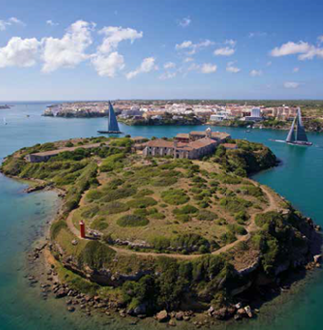
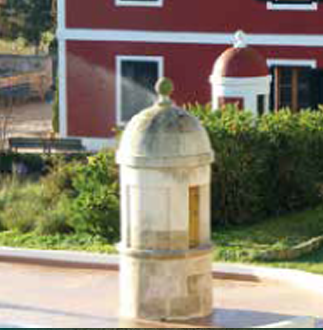
Presided by former Chief of Defense Staff and General Luis Alejandre, the Hospital de la Isla del Rey Foundation seeks to preserve and promote the islet and its history. “It’s not only about rebuilding rocks and the hospital’s beautiful architecture, but its welcoming soul as well,” says Alejandre when talking about the Foundation’s work, which is none other than to recover everything the hospital housed for over 300 years: doctors, research, medical and pharmacological breakthroughs, and so on.
This preservation work is only possible thanks to the donation of material from anonymous benefactors and thanks to effort of a vast group of volunteers that goes there every Sunday to help with restoration work. Antonio Pons is one of these volunteers. For the last 14 years, he has gone to the islet every Sunday to help any way he can. “We are a group of 50 or 60 people – some active, some retired – from many nationalities and we try to have everything ready for our European visitors,” says Pons, who takes special care of the medical instrument room.
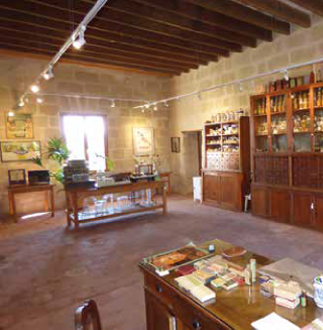
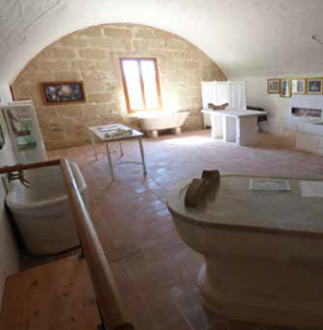
Visiting the islet and getting to know its history is the best way of paying the work of these volunteers. Discovering all the different rooms and the traces of the people who were there is fascinating. Some of the rooms include the pharmacy (with an astonishing collection of medicine posters), the bedrooms (which still have the old pallets), the Catholic chapel and the Anglican oratory, the operating room (with all its instruments), the morgue, the restored, 100-year-old printing press, and the workshops (which are still being used to repair and restore some of the island’s elements).
Mario Cappa – an 85-year-old Italian living on Menorca – is another renowned volunteer. Every Sunday, he goes to help with restoration works on the islet. Not only that, he’s also one of the people keeping alive the memories of a tale about solidarity between people: the history of how the people of Menorca assisted a group of Italian soldiers who arrived at the island after the shipwreck of the battleship Roma.
Over 2000 men stayed 16 on the island, creating friendship bonds beyond nationalities that still exist even to this day. Another European tale for Isla del Rey.






